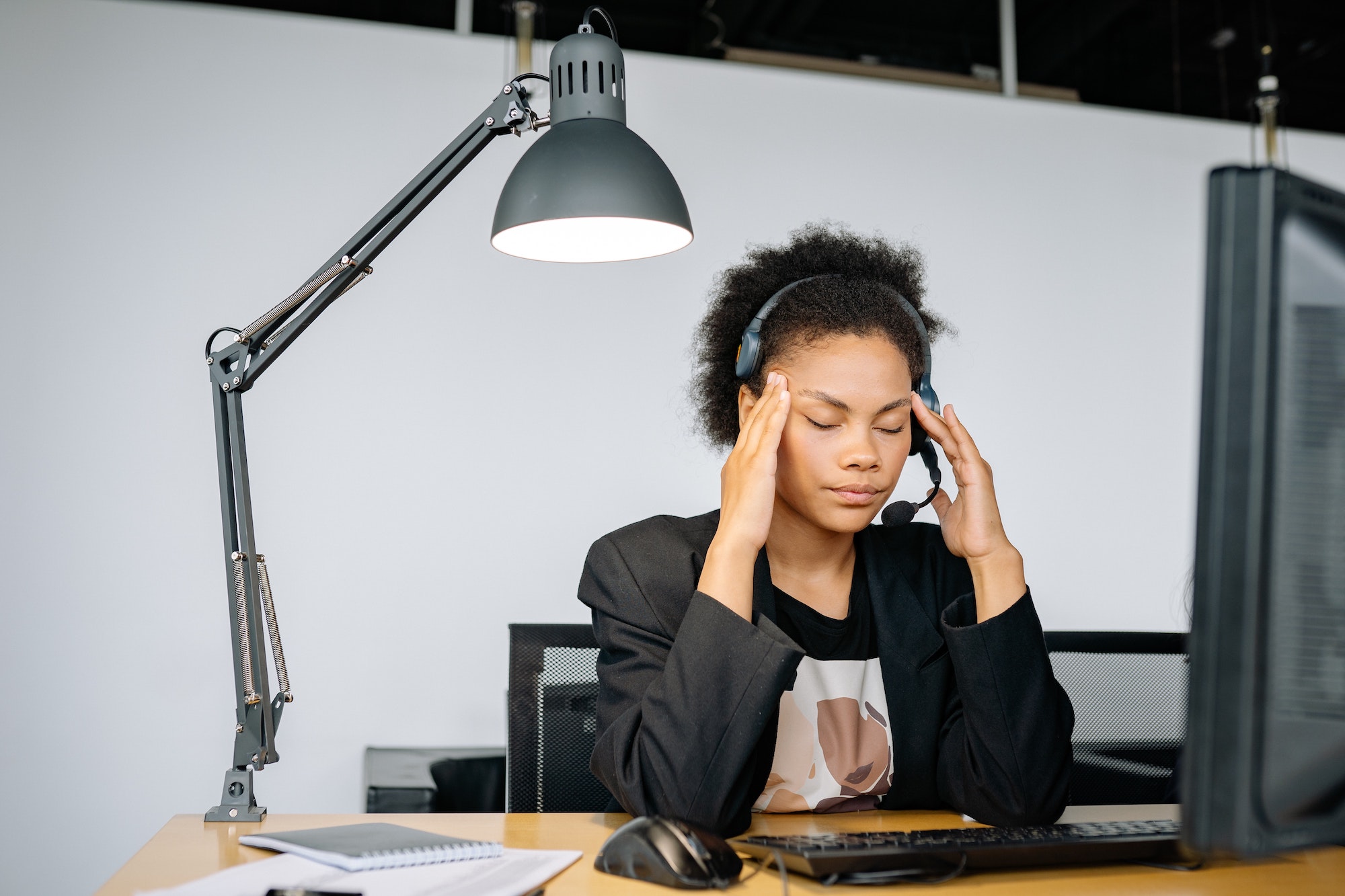Managing Eustress vs Distress
September 7, 2022
The busy world we live in today tends to lump the idea of stress into one unpleasant but normal occurrence of everyday life. The truth is, you can experience both positive and negative forms of stress, and distinguishing between the two is important for your health.
Eustress vs distress
Distress is the negative form that produces feelings of anxiety. Eustress is the positive form that keeps you motivated, excited, and performing at your best. If distress persists for too long, it can be detrimental to your health and performance.
A couple of key indicators in determining the type of stress you’re experiencing are the duration of your stress and your ability to cope with it. Eustress only lasts for a short period of time, and does not feel out of your control. Distress, however, makes you feel helpless and can last for a long period of time. It is important to analyze how you are feeling to determine if the stress you’re experiencing is healthy, or if it is a problem that must be addressed.
If you believe that you’re experiencing distress, it is important that you take care of it quickly to get back to a healthy lifestyle and high performance. Follow these steps to take control of your life:
Identify stressors
This is not always easy, as some stressors such as thoughts or habits are less obvious than others that come from exterior sources. If you find that you’re having trouble finding your true stressors, start a journal of your stressful experiences throughout the day, and rate the stressor on a scale of 1 to 10 for a better idea of your major sources of stress.
Accept your role
Now that you’ve identified the many stressors that contribute to your distress daily, it’s time to realize that you are the reason they are able to have an effect. Accepting that you’re a major part of your own stress will allow you to make an effort to take control of the way you frame situations that generally cause distress, and either let them go or turn them into motivators.
Make a plan
Understanding your stress is the first step, but now it’s time to fix it! Set personal goals like learning to say no when your plate is full or becoming more assertive to help you create a more positive view of the world around you and lighten up your load.
Take time for YOU
This last step is arguably the most important of them all because “you” time is crucial to your sanity. Take at least 10-15 minutes out of each day to do something you enjoy like reading or spending time with your loved ones. Begin taking steps toward a healthier lifestyle by watching the fats and sugars you eat, exercising regularly, and getting 7-8 hours of sleep each night. Creating a healthier body will help you handle the stressful situations that you experience every day because your basic needs are met.
Effectively handling your stress allows you to perform at your best, and helps you enjoy your life to the fullest. Take control of your life by practicing effective stress management.
Ready to lean more? Check out our course on Managing Stress at Work
More well-being resources:
How managers can help prevent Zoom fatigue
Helping employees find work-life balance
Want more team productivity this year? Try silent meetings (even via Zoom)
<< Back to Blog Posts

